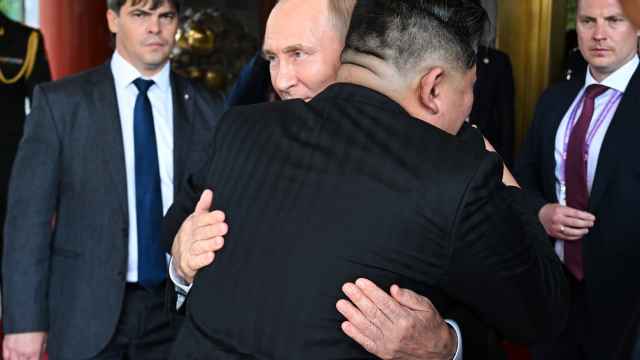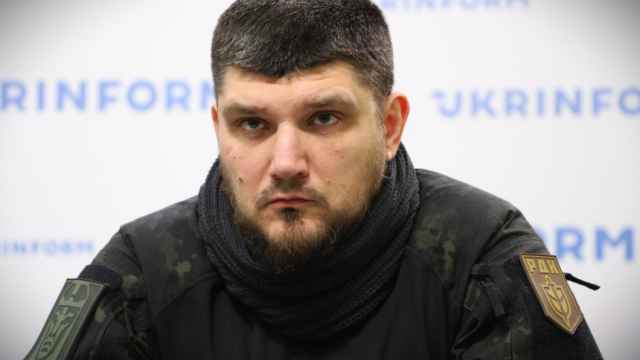TOKYO — Russia may hold more rare-earth minerals than forecast, with the country's sole exporter of the metals estimating higher reserves than those assigned last year to China, the dominant supplier.
Russia has about 27.9 million metric tons of rare earths under the A+B+C1 classification, Pavel Detkov, managing director of Polyfer Handels, said Tuesday in Tokyo, without providing an estimate of China's reserves. Polyfer is the trading agent of Russia's Solikamsk Magnesium Works, which processes the ore.
Polyfer's figure tops the 27-million-ton estimate assigned to China by Japan's Trade Ministry agency JOGMEC last year. Japan, the biggest importer of rare earths, put the reserves of Russia and other former Soviet countries at about 19 million tons. The Russian system does not fully correspond with other nations' classifications. The A+B+C1 grade indicates tonnage for a fully explored resource.
"We need to re-evaluate the Russian sources of rare earths," Detkov said in an interview. "Some well-known sources look very reasonable now."
China's commitment to reducing exports in a market where it controls 90 percent of sales has sent prices of some rare earths up more than 1,000 percent since March, according to a Molycorp presentation Tuesday in Tokyo. Higher profits and a need to secure the materials — key to making electric and hybrid cars — have boosted demand for alternative sources from Asian buyers.
Lynas Corporation of Australia agreed with Sojitz Corporation last month to supply Japan with a quarter of its annual imports of 32,000 tons. Sumitomo Corporation may buy a stake in the United States' Molycorp, Nikkei English News reported Tuesday. Arafura Resources, a miner valued at 410 million Australian dollars ($407 million), said in October that it was seeking to raise 1 billion Australian dollars over the next 12 months to bring its first project on line.
The shortage in rare earths has brought delegations from Canada and Mongolia to Japan in the last two weeks to promote alternative sources after China, Asia's biggest economy, cut supplies following a diplomatic conflict. Russian rare earths may also attract buyers, said Polyfer's Detkov.
Russia last year exported 3,000 tons of rare-earth carbonate compounds, mainly to Estonia and Kazakhstan for processing, and bought 1,000 tons of rare earths including neodymium and polishing powder, Detkov said.
Lovozersky GOK in the Murmansk region is Russia's only rare-earths mining operation, with output in the northwestern facility reaching 5,000 tons to 8,000 tons of loparite concentrate a year, less than one-third of capacity, Detkov said.
Russia has 17 main rare-earth deposits, including in loparite and apatite ore bodies, with output dominated by niobium oxide, titanium sponge and tantalum oxide, Detkov said.
A Message from The Moscow Times:
Dear readers,
We are facing unprecedented challenges. Russia's Prosecutor General's Office has designated The Moscow Times as an "undesirable" organization, criminalizing our work and putting our staff at risk of prosecution. This follows our earlier unjust labeling as a "foreign agent."
These actions are direct attempts to silence independent journalism in Russia. The authorities claim our work "discredits the decisions of the Russian leadership." We see things differently: we strive to provide accurate, unbiased reporting on Russia.
We, the journalists of The Moscow Times, refuse to be silenced. But to continue our work, we need your help.
Your support, no matter how small, makes a world of difference. If you can, please support us monthly starting from just $2. It's quick to set up, and every contribution makes a significant impact.
By supporting The Moscow Times, you're defending open, independent journalism in the face of repression. Thank you for standing with us.
Remind me later.





